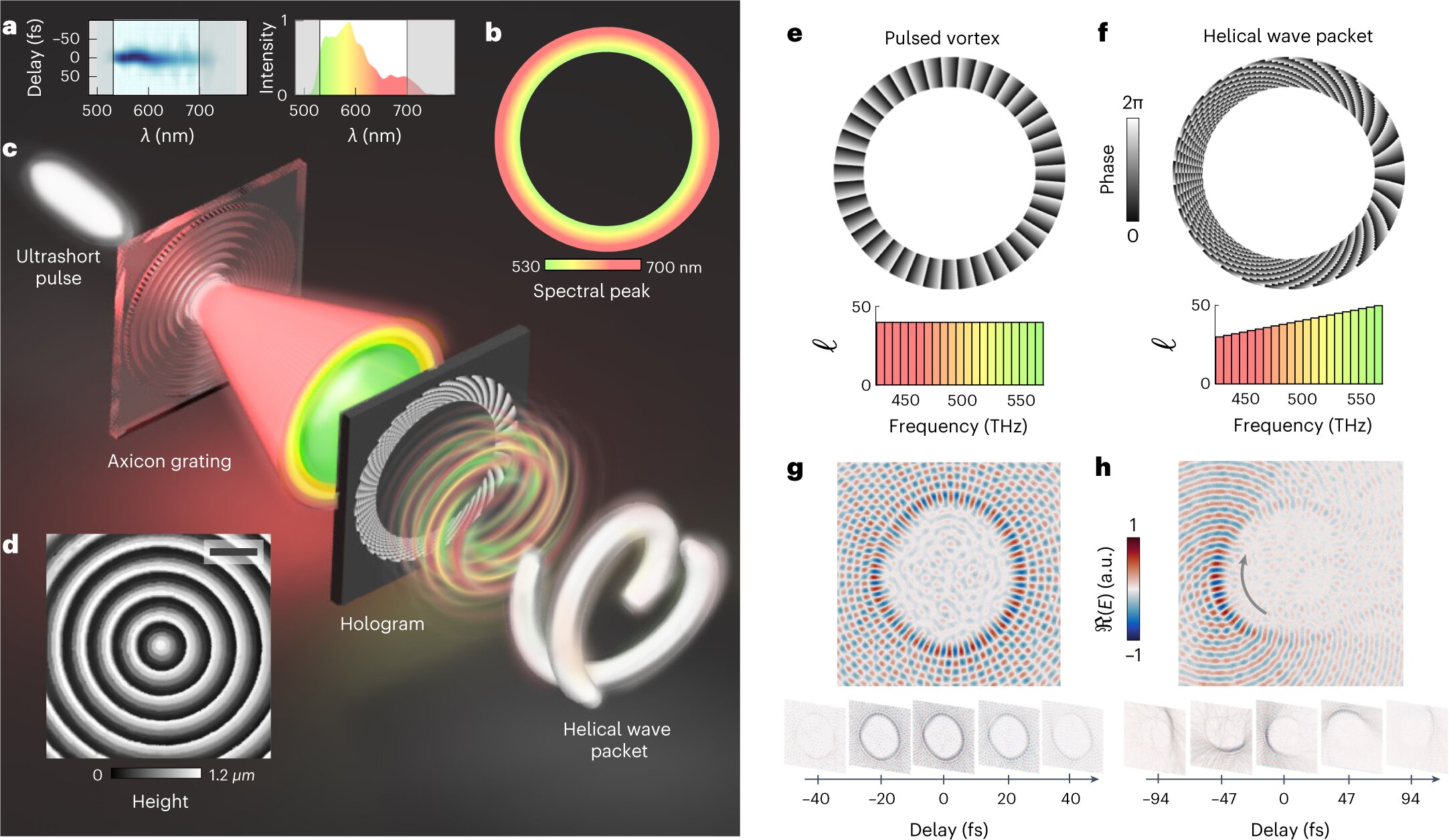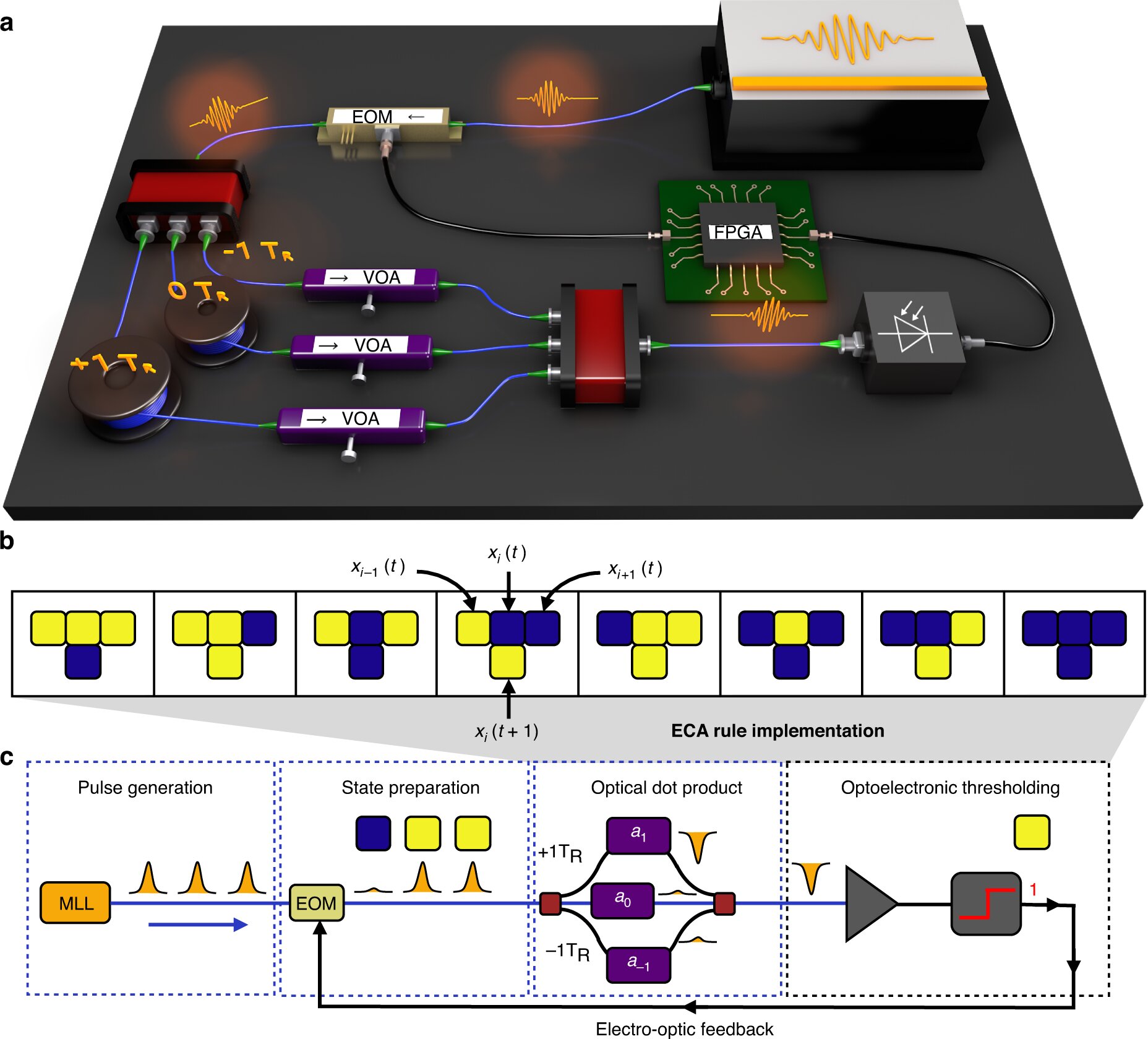
Category Technology/Electronics


We’ve all played at least once with a spring toy, but did you know that light can be shaped like a spring too?
An international team of researchers, led by Marco Piccardo, a former researcher at the Italian Institute of Technology (IIT) and now a Professor in the Physics Department of Técnico Lisboa and Principal Investigator at the Engineering Institute for Microsystems and Nanotechnologies (INESC MN), has harnessed ultrafast optics and structured light to synthesize in the laboratory a new family of spatiotemporal light beams, known as light springs.
The research was done in collaboration between IIT, Politecnico di Milano and Téc...
Read More

Researchers have trained a robotic ‘chef’ to watch and learn from cooking videos, and recreate the dish itself.
The researchers, from the University of Cambridge, programmed their robotic chef with a ‘cookbook’ of eight simple salad recipes. After watching a video of a human demonstrating one of the recipes, the robot was able to identify which recipe was being prepared and make it.
In addition, the videos helped the robot incrementally add to its cookbook. At the end of the experiment, the robot came up with a ninth recipe on its own. Their results, reported in the journal IEEE Access, demonstrate how video content can be a valuable and rich source of data for automated food production, and could enable easier and cheaper deployment of robot chefs.
Robotic chefs have been fe...
Read More





Recent Comments